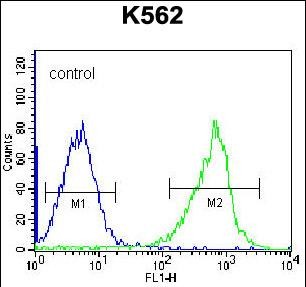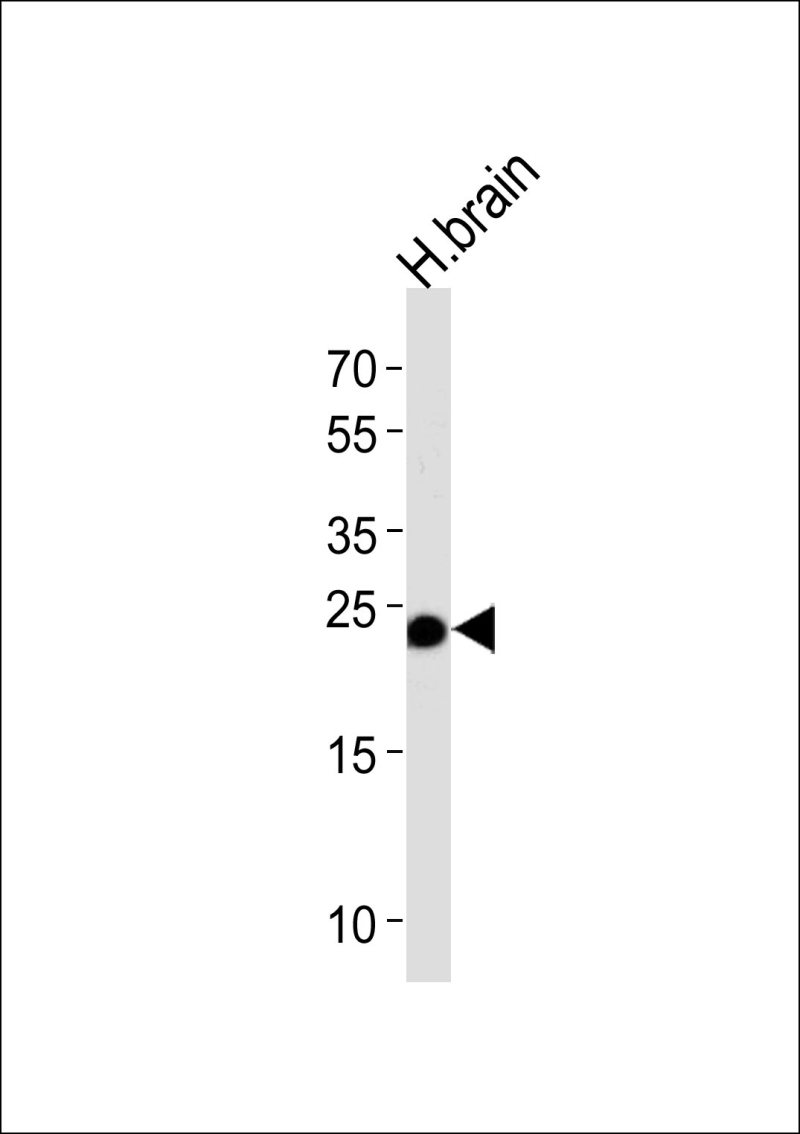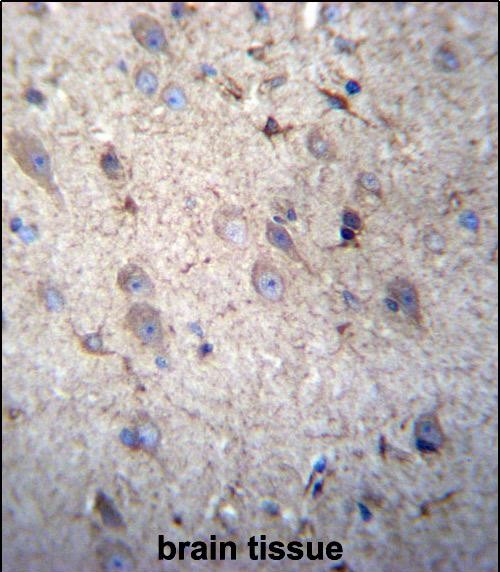


| WB | 1/1000 | Human,Mouse,Rat |
| IF | 咨询技术 | Human,Mouse,Rat |
| IHC | 1/100-1/500 | Human,Mouse,Rat |
| ICC | 技术咨询 | Human,Mouse,Rat |
| FCM | 1/10-1/50 | Human,Mouse,Rat |
| Elisa | 咨询技术 | Human,Mouse,Rat |
| Aliases | Glutathione S-transferase Mu 5, GST class-mu 5, GSTM5-5, GSTM5 |
| Entrez GeneID | 2949 |
| WB Predicted band size | 25.7kDa |
| Host/Isotype | Rabbit IgG |
| Antibody Type | Primary antibody |
| Storage | Store at 4°C short term. Aliquot and store at -20°C long term. Avoid freeze/thaw cycles. |
| Species Reactivity | Human |
| Immunogen | This GSTM5 antibody is generated from rabbits immunized with a KLH conjugated synthetic peptide between 14-43 amino acids from the N-terminal region of human GSTM5. |
| Formulation | Purified antibody in PBS with 0.05% sodium azide. |
+ +
The GSTM5 (N-term) antibody is designed to detect the N-terminal region of glutathione S-transferase Mu 5 (GSTM5), a member of the GST Mu family involved in cellular detoxification. GSTM5 encodes an enzyme that conjugates glutathione to electrophilic substrates, facilitating their elimination and protecting cells from oxidative stress, toxins, and carcinogens. Primarily expressed in tissues like the testis, lung, and brain, GSTM5 plays a role in metabolizing environmental pollutants, drugs, and endogenous reactive oxygen species. Its function is linked to disease susceptibility, particularly in cancer and neurodegenerative disorders, due to polymorphisms affecting enzymatic activity.
The antibody specifically targets the N-terminal domain of GSTM5. which is critical for substrate binding and dimerization. This region shares homology with other Mu-class GST isoforms (e.g., GSTM1–4), necessitating careful validation to ensure specificity. Researchers use the antibody in techniques like Western blotting, immunohistochemistry, and immunofluorescence to study GSTM5 expression patterns, regulation, and its role in disease mechanisms. It is particularly valuable in cancer research, where altered GST expression correlates with drug resistance and tumor progression. Proper controls, such as knockout cell lines or tissues, are recommended to confirm target specificity and minimize cross-reactivity.
×